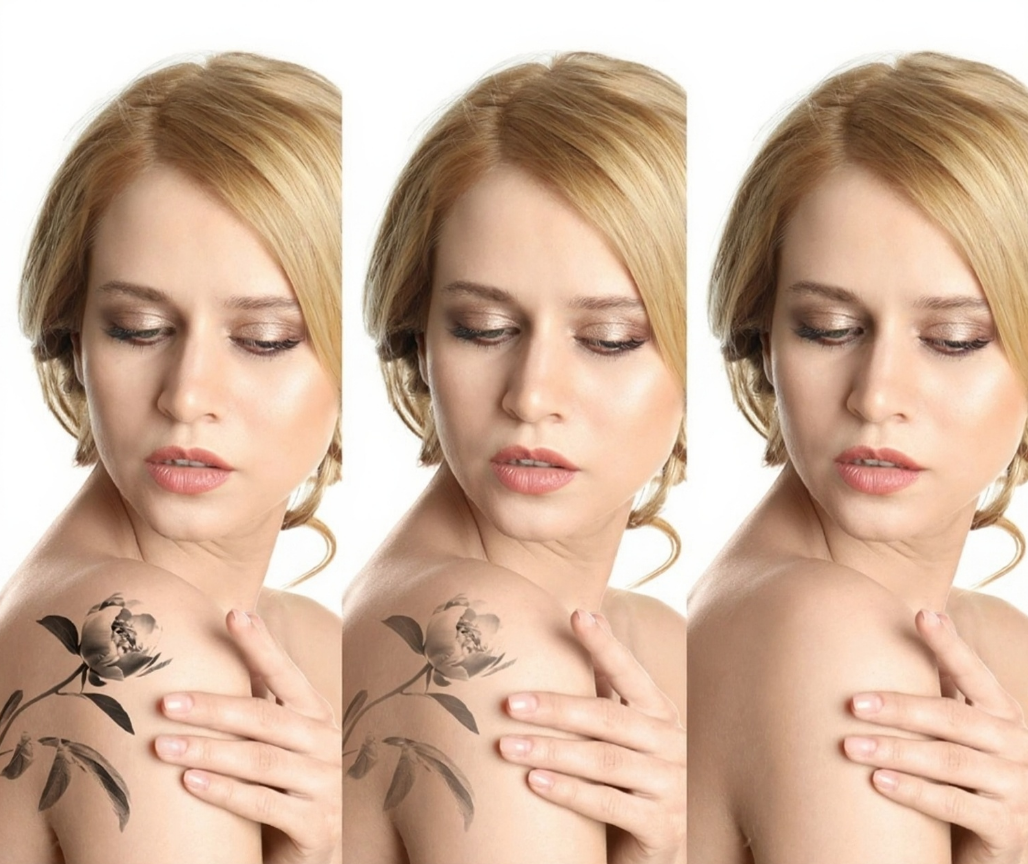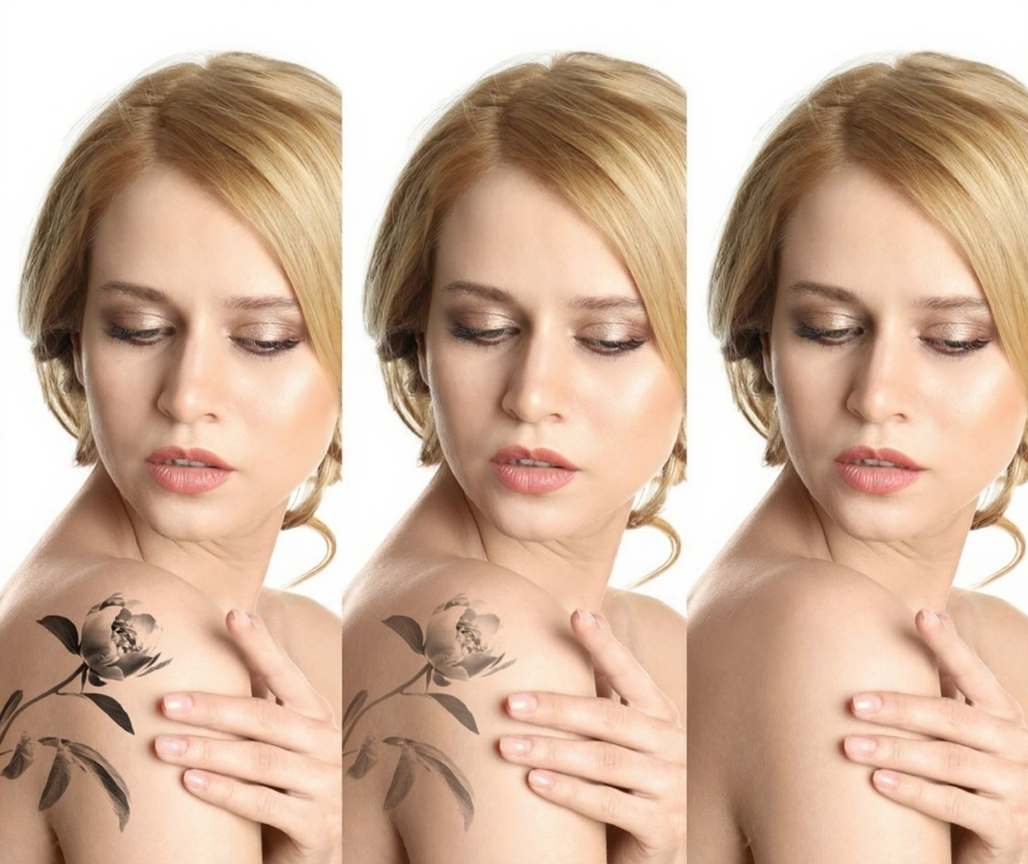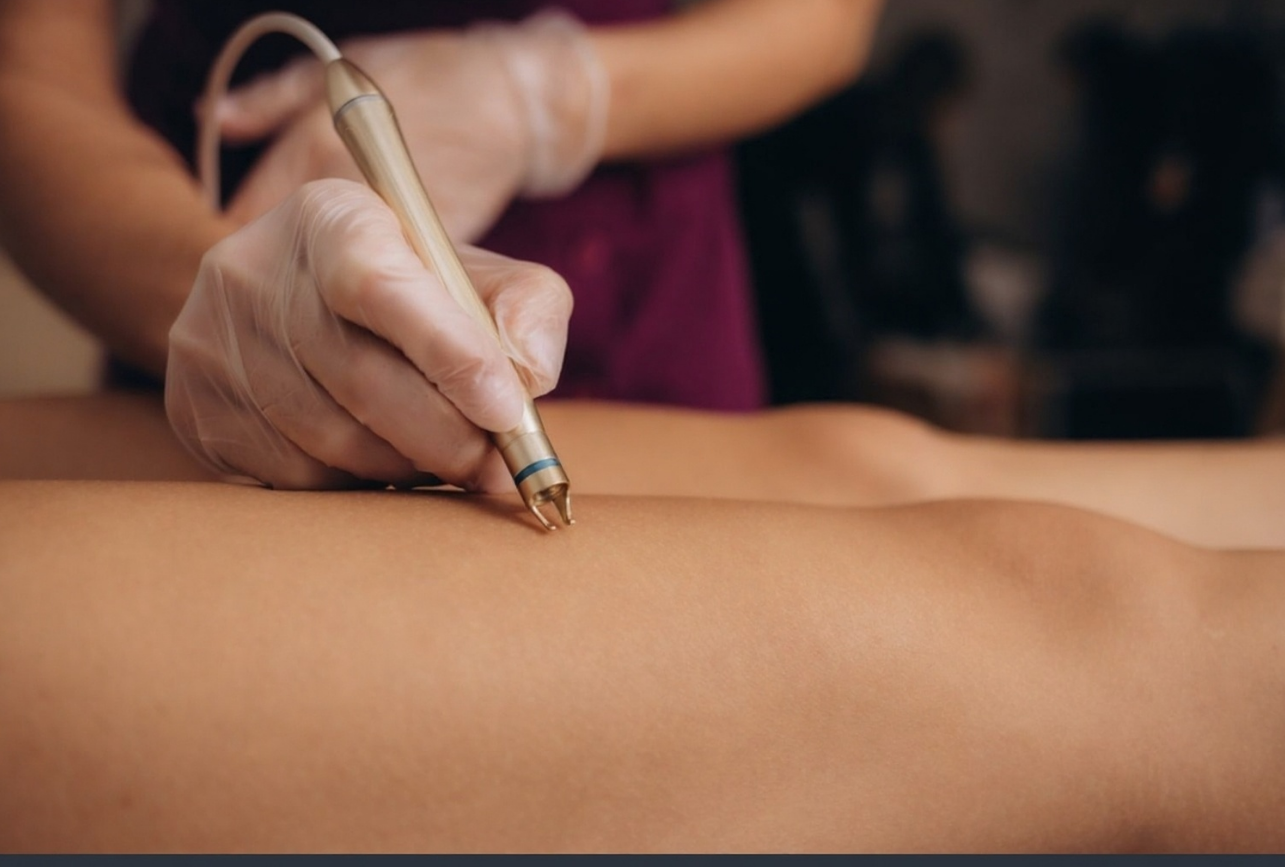
What Affects Tattoo Removal Cost?
Discover real tattoo removal cost, key factors, and smart tips to make the best choice for your skin and budget. Wondering how much tattoo removal costs? You’re not alone! Tattoo removal has become incredibly popular as techniques advance, but costs can vary widely. In this guide, we’ll break down the real numbers, factors that affect the price, and tips to help you make the best decision for your skin and wallet.
Tattoo removal isn’t a one-size-fits-all service. Multiple elements play into how much you’ll ultimately pay. Let’s look at the major price drivers:
- Tattoo Size: Larger tattoos require more treatment time and more laser pulses.
- Colors Used: Multi-colored or bright inks may be harder (and pricier) to remove.
- Skin Type: Some skin types react differently to laser treatment, sometimes requiring more sessions.
- Location on Body: Tattoos on areas with less blood flow (like ankles) can be tougher to fade.
- Age of Tattoo: Older tattoos often fade faster, reducing the number of sessions (and the cost).
- Removal Technology: The type of laser (like Q-switch or picosecond) used can change the price.
- Provider Expertise: Experience and clinic reputation affect costs, and higher-end clinics may charge more.
- Geographical Region: City clinics tend to charge more than rural centers.
Average Tattoo Removal Costs (2024 Data)
So, let’s talk real numbers. According to the American Society of Plastic Surgeons, the average cost per laser tattoo removal session in the U.S. is $423. Most tattoos need 5 to 10 sessions for significant fading, but this number can vary.
Here’s a breakdown of national average pricing per session, based on tattoo size:
- Small (2.5 x 2.5 cm): $100–$250 per session
- Medium (5 x 5 cm): $200–$500 per session
- Large (10 x 10 cm and up): $500–$1,000 per session
A simple black tattoo in a high-circulation area might take just 5 sessions ($500–$1,250 total), while a colorful sleeve could cost $5,000+ in total.
Tattoo Removal Cost by Laser Type

The laser technology used makes a difference, both for your skin and for your wallet:
- Q-switched ND:YAG Lasers: The industry standard, good for most ink colors. Costs are typically moderate.
- Picosecond Lasers: The latest tech, claimed to work faster, sometimes reducing sessions. Expect a 10–20% premium per session, but fewer sessions may lower the overall cost.
- Intense Pulsed Light (IPL): Not commonly recommended anymore due to higher risks and inconsistent results.
Key Factors That Influence How Many Sessions You’ll Need
You may be wondering, “How many visits will I need?” Some of the most influential factors include:
- Tattoo Location: Areas with more blood vessels heal faster.
- Age of Tattoo: Older tattoos typically require fewer sessions.
- Ink Density and Quality: Amateur tattoos often fade sooner than professionally done work.
- Colors: Greens, blues, and yellows can be more stubborn.
Example Estimates
Let’s compare two scenarios:
- A small, black, amateur tattoo on the upper arm Sessions: 4–6 Total Cost: $400–$1,500
- A large, colorful professional tattoo on the ankle Sessions: 8–12 Total Cost: $3,000–$12,000
People Also Ask: Your Most Common Tattoo Removal Questions
Is Tattoo Removal Painful?
Most people describe laser tattoo removal as feeling like “a rubber band snap on the skin.” Some clinics offer numbing cream or local anesthesia, which helps reduce discomfort.
Can Tattoos Be Completely Removed?
While many tattoos fade nearly completely, no provider can guarantee 100% removal with zero trace. Darker pigments and certain colors (like red or yellow) are trickier. Professional lasers and skilled providers offer the best chance for a full fade.
How Long Does the Process Take?
Each session lasts 10–30 minutes, but sessions are spaced 6–8 weeks apart. Removing a tattoo can take several months to over a year, depending on your situation.
Are There Side Effects or Risks?
Most side effects are mild, such as temporary redness, swelling, or blistering. Rare risks include pigmentation changes or slight scarring. Following aftercare instructions helps minimize these risks.
Does Insurance Cover Tattoo Removal?
Almost never—tattoo removal is considered a cosmetic procedure, so you’ll likely pay out of pocket. Some clinics offer financing or package deals.
Quick Look: Tattoo Removal Cost Table
For easy reference, here’s how the national average cost lines up by tattoo size and session, based on data from the American Society of Plastic Surgeons (ASPS):
| Tattoo Size | Average Per Session | Typical Sessions Needed | Total Estimated Cost |
| Small | $100–$250 | 4–6 | $400–$1,500 |
| Medium | $200–$500 | 6–8 | $1,200–$4,000 |
| Large | $500–$1,000 | 8–12 | $4,000–$12,000 |
Note: Prices may be higher in major urban centers or for specialty lasers.
Ways to Save on Tattoo Removal
You can manage your tattoo removal costs with these tips:
- Request a Free Consultation: Get an accurate quote for your specific tattoo.
- Look for Package Deals: Some clinics discount if you prepay for multiple sessions.
- Ask About Promotions: Many providers offer seasonal specials or incentives for new clients.
- Go for Simpler Tattoos: Black ink, faded, or amateur tattoos are often cheaper to remove.
What’s Included in the Price?
Check what’s covered in your quote:
- Laser treatment time
- Technician’s fee
- Numbing creams (sometimes extra)
- Post-care instructions and products
- Follow-up visits (if needed)
What to Expect: From First Consultation to Final Session
Here’s what your tattoo removal journey might look like:
- Initial Consultation: You’ll be assessed for skin type, tattoo characteristics, and any contraindications.
- Personalized Quote: The provider will estimate sessions and costs based on your tattoo.
- The Procedure: Laser pulses break up ink; the body gradually absorbs it.
- Aftercare: You’ll be sent home with detailed care instructions.
- Repeat Visits: Sessions are spaced out for optimal healing and results.
Latest Techniques: Faster, Better Results
Laser technology isn’t stuck in the past! At Hongrui Beauty, we stay at the forefront of skin technology, using advanced lasers such as picosecond and Q-switched platforms. Studies, including one published in the Journal of Clinical and Aesthetic Dermatology, show that picosecond lasers often remove tattoos in 40% fewer sessions compared to traditional methods. While session costs may be a bit higher, overall savings (less time, fewer visits) can balance things out.
The Value of Experienced Practitioners
Don’t base your decision entirely on price. An experienced, well-trained technician makes all the difference in safety and results:
- Skilled providers can minimize risk of scarring or hyperpigmentation.
- Clinics using state-of-the-art lasers can handle multi-color or difficult tattoos more efficiently.
- Reputable providers will honestly estimate cost and number of sessions.
Want the best outcome? Choose a provider who puts your skin health first.
How to Choose a Tattoo Removal Clinic
Looking for the right clinic? Here’s a simple checklist:
- Licensed & Insured Providers: Ensure they're trained in laser tattoo removal.
- Clear Pricing Structure: Transparent about what’s included.
- Modern Equipment: Ask about the laser types used.
- Positive Reviews: Check before-and-after photos and genuine client testimonials.
At Hongrui Beauty, we pride ourselves on producing laser tattoo removal machines with perfect treatment result.
Frequently Asked Questions—Answered
Let’s wrap up with a few more common queries:
Q: Does removing part of a tattoo (not the whole design) cost less?
A: Yes! Smaller “spot” removals are billed by area/time, so they’re often much cheaper.
Q: Can I remove a tattoo at home?
A: We never recommend DIY methods—they’re ineffective and potentially damaging.
Q: How soon after getting a tattoo can I have it removed?
A: Dermatologists recommend waiting at least 6–8 weeks after getting inked before starting any removal process.
Q: Are some colors impossible to remove?
A: Nearly all colors respond to today’s lasers, but neon/golden yellow pigments may leave a faint mark after treatment.
Q: Will tattoo removal leave scars?
A: When performed by a skilled provider, the risk of scarring is very low (less than 2–3%).
Conclusion
Tattoo removal cost depends on many factors, including size, colors, technology, and location. Start your journey with a trusted clinic, ask lots of questions, and be realistic about your goals. Ready to explore your options? Reach out to Hongrui Beauty for a personalized tattoo removal quote today!







